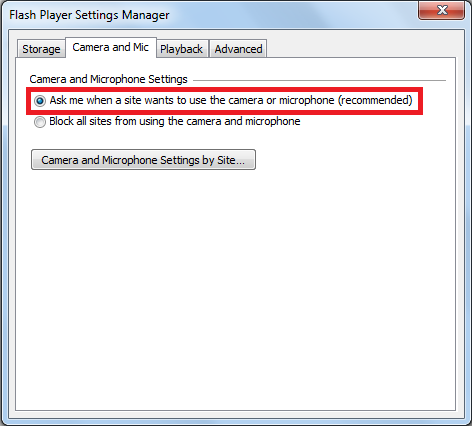

In short, you should choose the highest ISO setting you can get away with. This automatically selects an appropriate aperture to compliment your chosen shutter speed. When setting shutter speed manually, it can be useful to lean on the shutter priority mode of your camera. This will mess with your white balance and exposure. Just make sure you don’t go down to 1/50 or even lower. If using full manual mode, we recommend setting your shutter speed to around 1/60. Shutter SpeedĪ good rule of thumb is to select a shutter speed that’s slow enough to let in adequate light, but fast enough to avoid motion blur. You’ll need to get both settings right if you want a pleasing exposure for your photos. Remember that using aperture priority can take the headache out of setting the right shutter speed. Lots of indoor photography tends to use a shallow depth of field, but make sure you’re using a distance that feels comfortable for your work. Keep in mind that the wider your aperture setting, the shallower your depth of field will become.

Try out F/4 or F/ 2.8 and see how you like the results. The more your camera is able to take advantage of your lighting, the better. Wide ApertureĪs a general rule, your aperture setting should be wide to let in as much light as possible. Now that you’ve got a general idea of how to set up for shooting indoors, lets explore the settings of your camera and how best to use them for indoor shoots. The Best Camera Settings for Indoor Photography Also be sure to check out the rest of our site for more photography insights. Whether you’re new to the world of photography or just looking for a refresh, read on to learn more.

We’ll run through some of the best camera settings for indoor photography and how to get the most out of your shots. This page will explore shooting in manual mode for your indoor projects.

Indoor photography can take many forms, but your approach to adjusting your setup can remain fairly consistent.


 0 kommentar(er)
0 kommentar(er)
